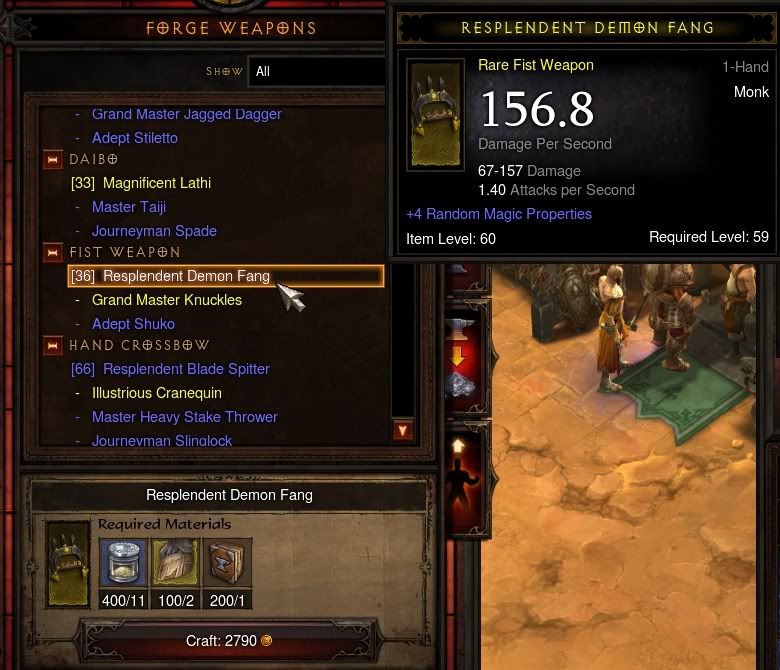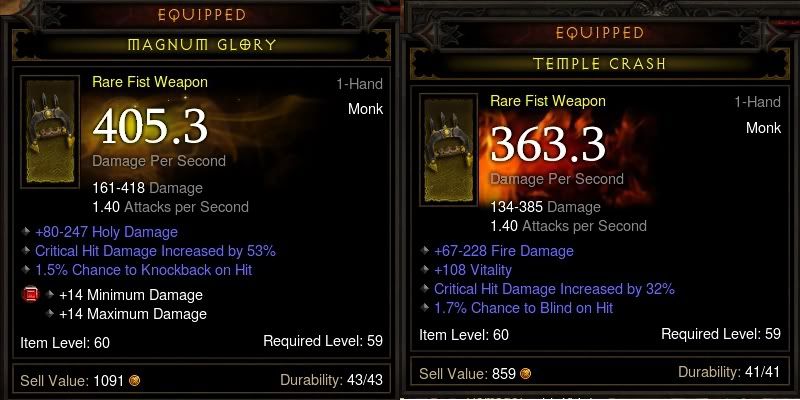I found that the merchants and the blacksmith can be excellent sources of equipment in Diablo III. Here are some tips that I follow when using these systems.
MerchantsMerchants are found in towns and, in addition to repairing equipment, sell
magic items with 2-3 mods of a level appropriate to the Act/Difficulty in which they are found. Their inventories reset whenever a new game is created or progress is made in the main quest line. (And possibly whenever a character levels?) Most merchants have a weapon and an armor tab but at least one in each town will have a jewelry tab or dye tab. Finally, every town has a "bartender" type merchant selling healing potions.
JewelrySince you can't forge amulets or rings, frequently check the merchants that sell them. Some of the best amulets and rings equipped by my level 60 characters were bought from merchants for around 7K gold a piece.
Two (or More) is Better than OneIf you do find a really good item in a store, consider buying more than one for your friends, other characters, auction, or just to double up on a really nice ring or one-handed weapon.
Wandering MerchantsSometimes you may run into a merchant in a random encounter or event outside of town. These merchants will usually have one item tab (weapon, armor, or dye*) as well as the option to repair. Furthermore, this type of merchant will always spawn a single rare weapon or armor. The type of rare item is random and may be any item type of the appropriate level range (regardless of the item tab that the merchant is spawned with).
*Dyes available from the wandering merchants will be at half price so remember to stock up on your favorite dye when you find one!Follower Weapons and JewelryA follower with the right set of skills can be really helpful when going solo. While you must rely on monster drops for follower-specific items (such as Enchantress Mirrors) you can find all the other equipment to outfit them with from a merchant. For example, my barbarian's level 59 Enchantress, wearing only store bought items (no follower item equipped), does 725 damage and has 16K life.
Merchant Item Examples: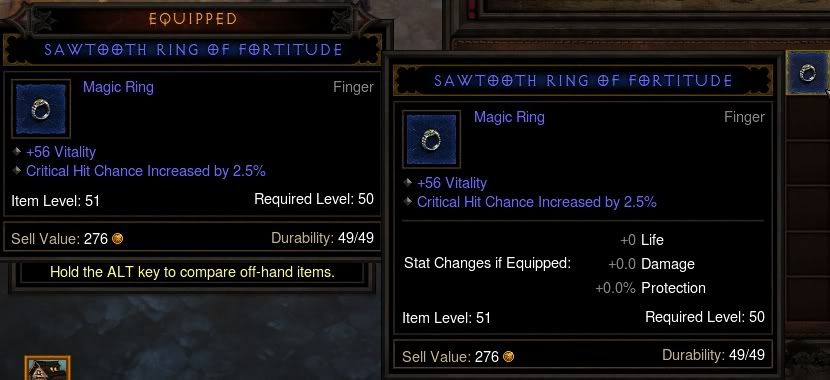
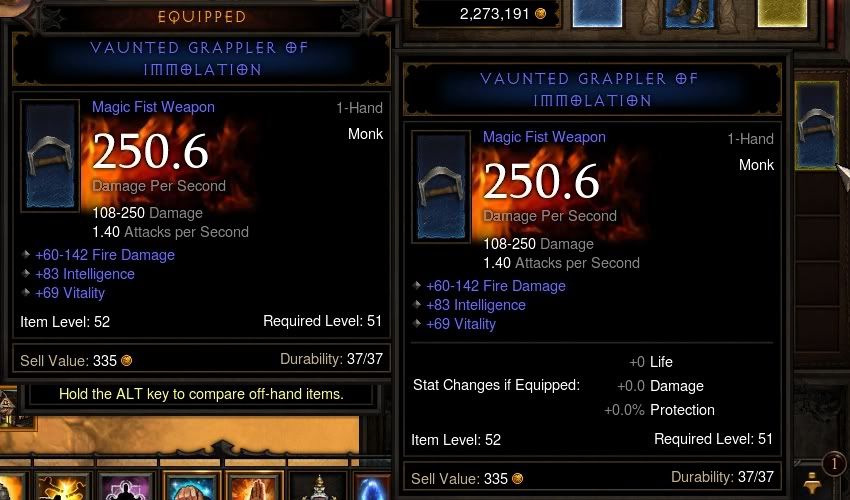 Blacksmith
BlacksmithThe blacksmith can be used to forge equipment using materials gained by breaking down magic items. It's a good idea to upgrade the blacksmith at every opportunity as the level ranges and item types that can be forged vary widely.
Breaking Down ItemsMagic,
Rare,
Legendary, and
Set items can be broken down for forging materials. The level and item type determine the type of material you get. All broken down items will yield one
magic material based on the item level.
Magic items have a chance of yielding a
rare, while
rare items always yield one
magic and one
rare material. (I haven't broken down
legendary or
set items but I assume they yield one of each,
magic,
rare, and
legendary material.)
Forging Items*Don't break down every item you find as your stash will quickly fill up with forging materials (100 max in a stack) and if you try to use all those materials your gold will deplete just as quickly. Instead, look for something specific to forge, figure out which level of item yields the materials required, and break down just enough to forge a few (Throbble recommends enough to forge 10 because it's a nice round number). Good items to forge are weapons, boots with faster movements speed, and any armor with sockets (helmet, chest, pants, and shield).
*Certain items can't be forged, like amulets, rings, class-specific helmets, and Barbarian belts.Forged Item ModsSome example mods shown in the item "recipes" are the base mods for that item. For example, all shield recipes show "+10% Chance to Block" while the forged shield will have the normal random range of 10%-20% (with the possibility of mods further increasing that chance).
Blacksmith Forge Example 1:
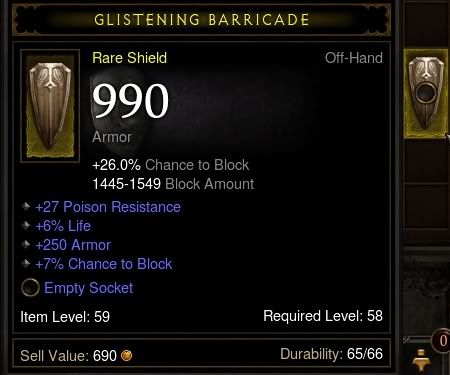 Blacksmith Forge Example 2:
Blacksmith Forge Example 2: